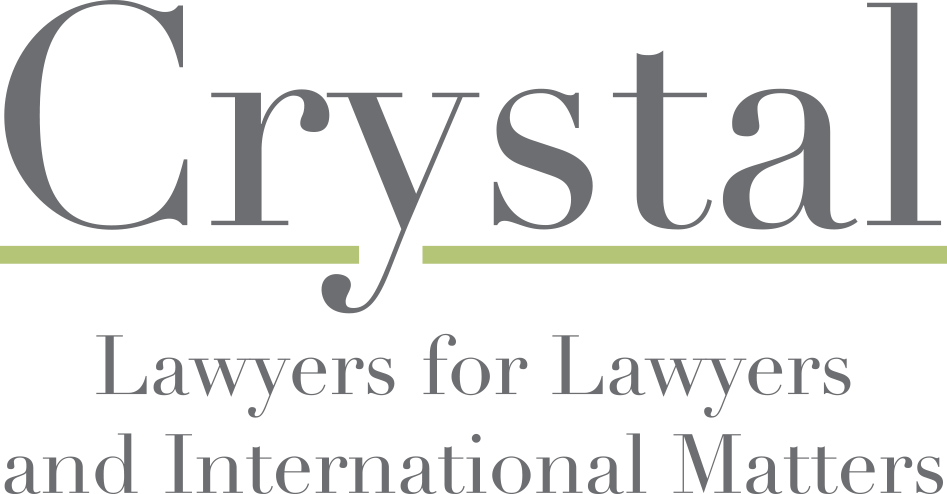Legal malpractice is a catchall term for a multiple causes of action, the most basic of which is professional negligence. Like any negligence case, a claim for professional negligence requires the plaintiff to show that the defendant breached a duty to the plaintiff. The Eleventh Circuit’s recent decision in Reynolds v. Mintz, Levin, Cohn, Ferris, Glovsky And Popeo, P.C., (#20-13581 October 7, 2021) applies the requirement of duty to a situation in which the law was unclear.
The plaintiff, the trustee in bankruptcy, for Atherotech Holdings, Inc. sued the company’s former counsel for negligent advice. Atherotech processed and analyzed blood samples drawn by independent physicians. The company paid the physicians process and handling (P&H) fees for preparing the samples for testing and shipping them to Atherotech ($3 for drawing the sample and $7 for processing and handling). Atherotech learned that a competitor was paying physicians $20 for the same work. The company believed that it was losing business to the competitor and asked the defendant law firm for advice about the situation.
The firm advised that the legal status of such payments was “murky.” It gave the company a number of options for dealing with the situation and discussed with the company the advantages and disadvantages of each option. Around this time a relator filed a qui tam action against other laboratories related to the P&H fees, and the next year a relator filed such an action against Atherotech. The Department of Justice later opened an investigation into the practice of labs paying P&H fees. During this period Atherotech continued to pay P&H fees.
About two years later Atherotech filed for Chapter 7 bankruptcy, leading to the Trustee’s claim against the firm for negligence. The trustee claimed that the firm had a duty to advise the client to stop paying the P&H fees. The court rejected this argument concluding that the firm had complied with its professional obligations by informing the client that the legality of the payment of the fees was uncertain and by discussing with Atherotech the advantages and disadvantages of various options for dealing with the issue. When the law is unsettled a lawyer does not breach his duty of care by failing to advise a client to cease the conduct in question.
Practice pointers. Make sure to document your file to show that you did adequate research to determine the status of the legal issue. Document your file to show the options offered to the client and the advantages and disadvantages of each. Confirm in writing the client’s decision regarding the issue in question. As a preliminary matter, make sure your engagement clearly defines the scope of your representation.
For more information, Nathan M. Crystal
